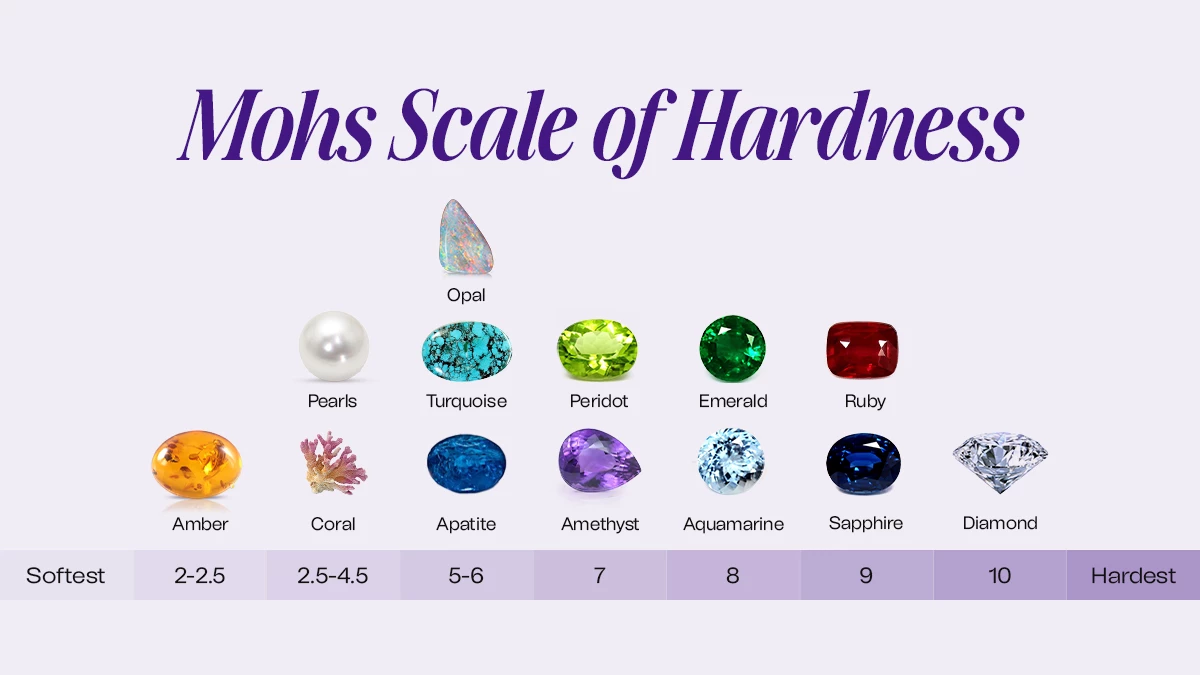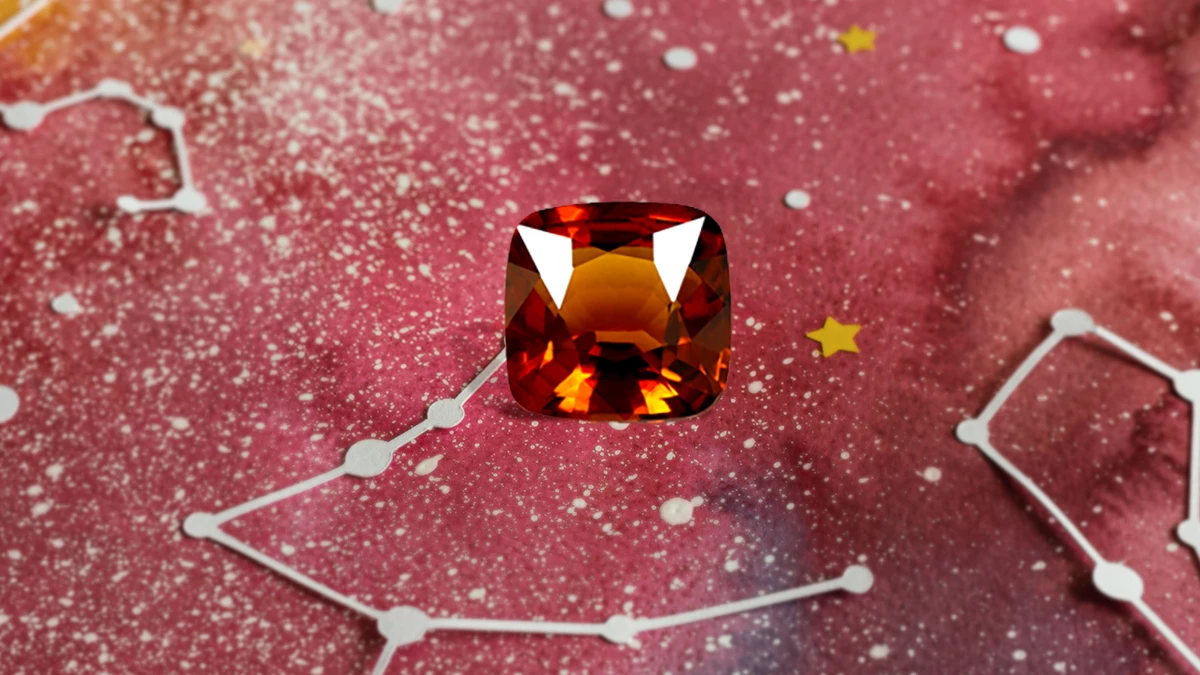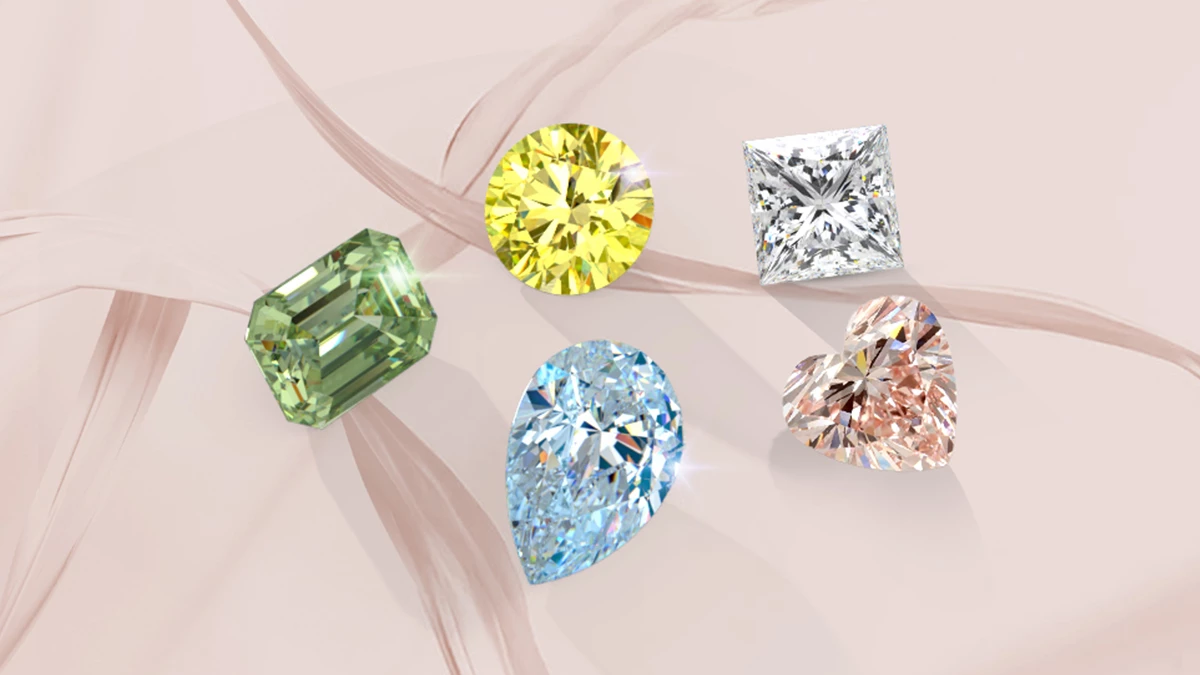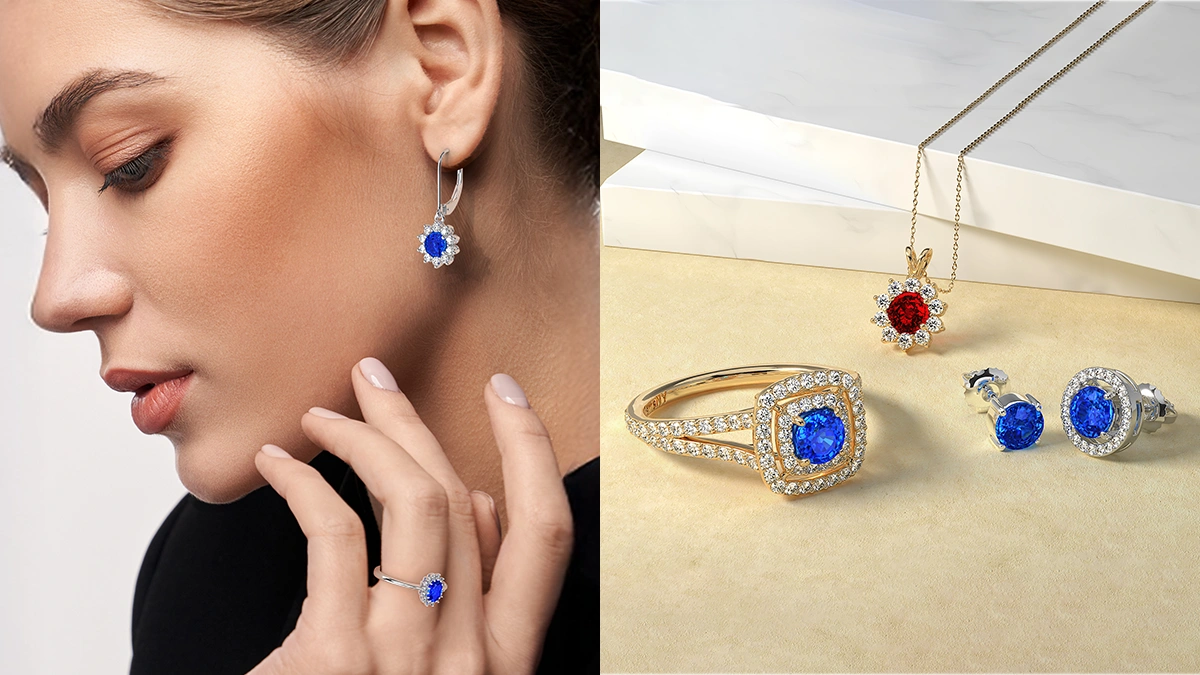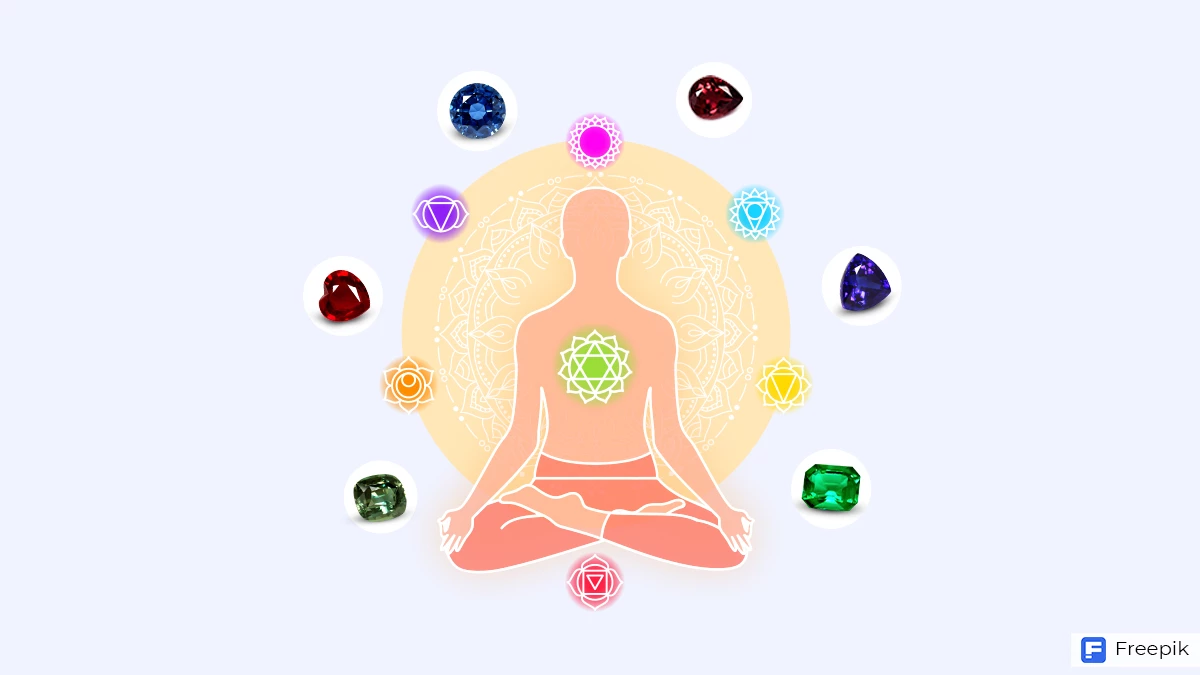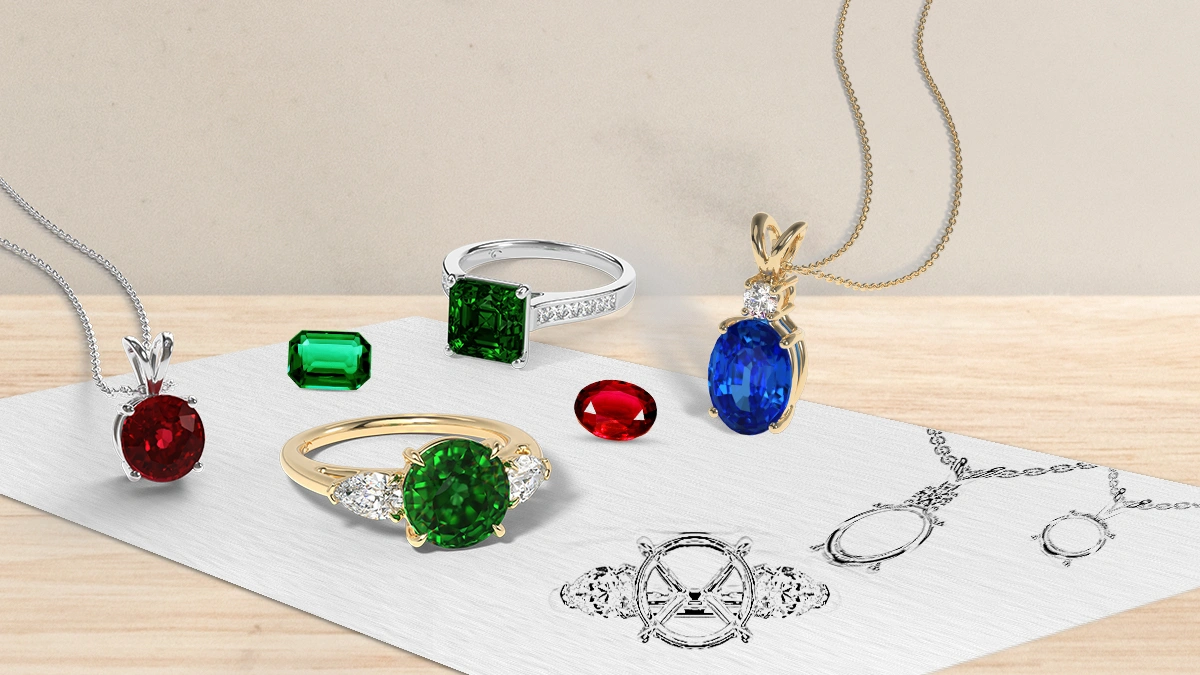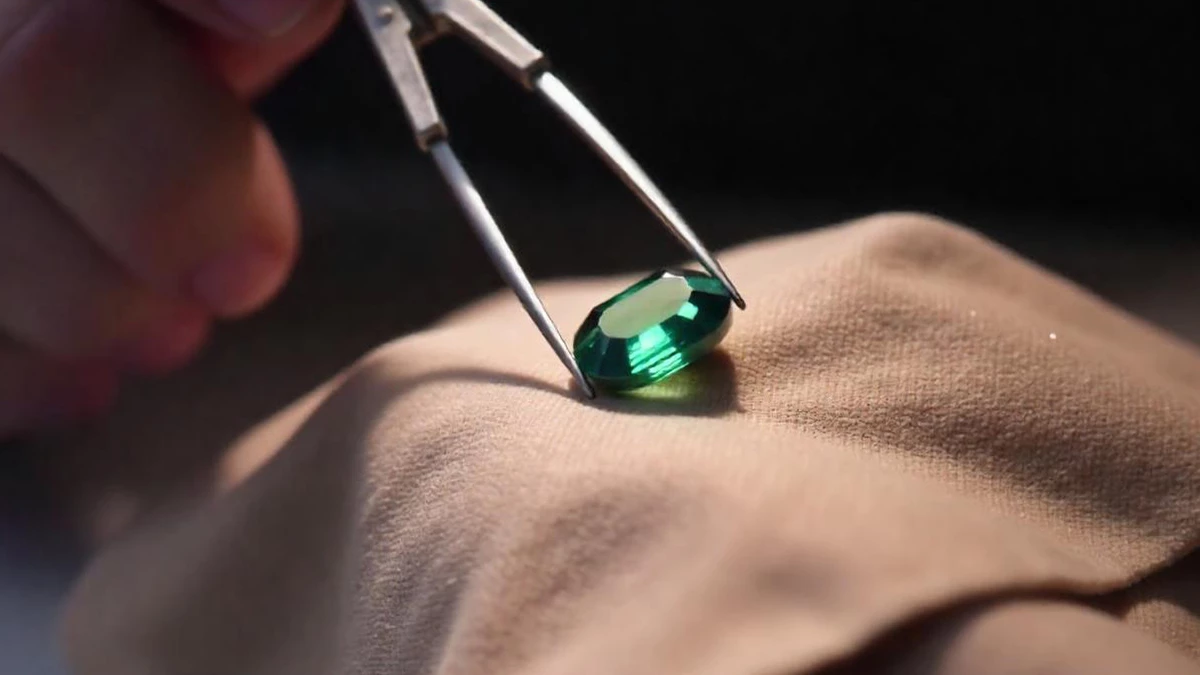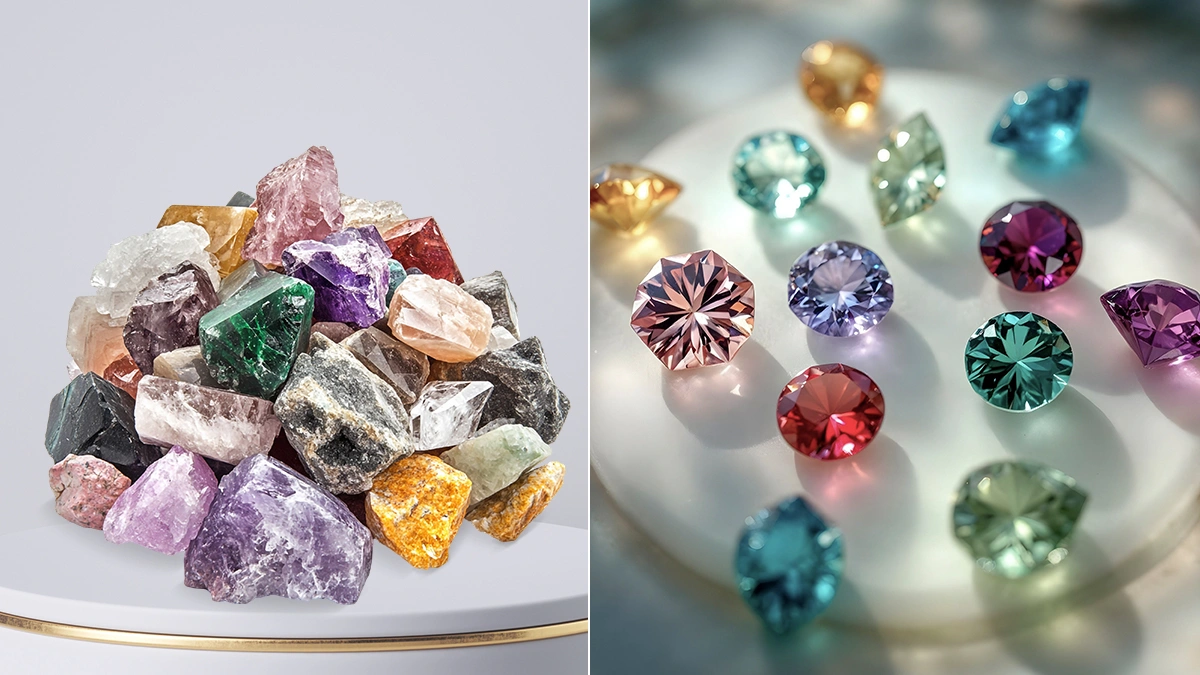Did you know that a single scratch can reveal the true character of your gemstone? In a world of gemstones, not every piece that catches the eye has the same strength. Beneath the shiny surface lies a hidden secret to a stone’s resistance to scratching or indentation. A hardness scale reveals that secret. Let’s explore two scales that are used to test the strength of minerals and gemstones; the Mohs hardness scale and Vickers hardness scale.
Just like how superheroes in the Marvel Universe have unique abilities and different levels of strength, minerals and gemstones have it too. Diamonds, the indestructible ones are like Captain America’s shield with a perfect score of 10. On the other hand, tanzanite is like Hawkeye, beautiful and valuable, but needs extra care.
So, are you ready to unlock the secret strength behind each of these nature’s marvels? Dive in then. But first, learn a little bit about the two scales of hardness.
Vickers Hardness Scale
The engineers at Vickers Ltd. in the United Kingdom devised a hardness scale in the 1920s which we today know as the Vickers Scale. You can measure the hardness of a material from the size of the impression created under load by a diamond-shaped indenter.
It involves pressing the pyramid-shaped diamond indenter into a material’s surface with a known force and then measuring the size of the impression. The hardness value (HV), also called the Vickers Pyramid Number is measured with the aid of a calibrated microscope.
The Vickers test is reliable for measuring the hardness of metals and ceramic materials. The scale is less popular in fields like gemology and jewelry and that’s where the Mohs hardness scale comes into the picture.
Mohs Hardness Scale
A German mineralogist, Friedrich Mohs, developed the hardness scale in 1812. The scale tells us something beyond color, clarity and allure of a mineral. With the help of the Mohs hardness scale, you can ascertain the hardness of minerals. But when we say “hardness”, we basically mean testing the gem’s resistance to scratching against one another.
The scale ranges from 1 to 10, with 10 indicating the hardest mineral and 1 the softest. It is important to note that the Mohs hardness scale is not a linear scale but rather a relative or ordinal scale. This means that each subsequent level is not uniformly harder than the last.
Gemologists and jewelers have been using the Mohs hardness scale for over two centuries now. It is an efficient way to determine the scratch-resistance of your favorite gem. Some stones and minerals like talc and gypsum with a mohs score of 2.5 or less can be scratched with a fingernail. Others like diamond (10) and corundum (9) can endure scratches from a steel nail.
List of Popular Minerals & Stones and their Mohs Scores
Here are some of the popular gemstones and their Mohs hardness scores. So, go ahead and take a look at this table and pick your star in the dust.
| Minerals & Gemstones | Mohs Hardness Scale Score | Minerals & Gemstones | Mohs Hardness Scale Score |
| Diamond | 10 | Tsavorite | 7-7.5 |
| Sapphire | 9 | Garnet | 6.5-7.5 |
| Ruby | 9 | Peridot | 6.5-7 |
| Alexandrite | 8.5 | Tanzanite | 6-7 |
| Cat’s Eye | 8.5 | Orthoclase | 6 |
| Emerald | 8-8.5 | Apatite | 5 |
| Spinel | 8 | Fluorite | 4 |
| Aquamarine | 7.5-8 | Calcite | 3 |
| Morganite | 7.5-8 | Gypsum | 2 |
| Tourmaline | 7-7.5 | Talc | 1 |
Importance of Mohs Scale
Each stone is different. Mohs hardness scale plays a vital role in identifying the perfect gemstone for your different jewelry pieces. Whether you are looking for a unique engagement ring or a statement necklace, we suggest you do some research before you pick your gemstone.
Let’s find out how the Mohs scale can help you in jewelry selection.
Engagement rings & bracelets
Engagement rings and bands are pieces that are worn daily and have a higher risk of damage. Bracelets are subject to the risk of getting bumped into door knobs, countertops or other jewelry as well. It is advisable to go for gemstones such as ruby, sapphire, emerald or diamonds with a score of 8 or more to account for such situations.
Pendants & earrings
When it comes to pendants and earrings, you have a wide range of stones to choose from. Tanzanite, morganite, tourmaline are some of the excellent options to wear in the different styles and settings. These types of jewelry pieces do not experience heavy wear so you can experiment and pick your favorite.
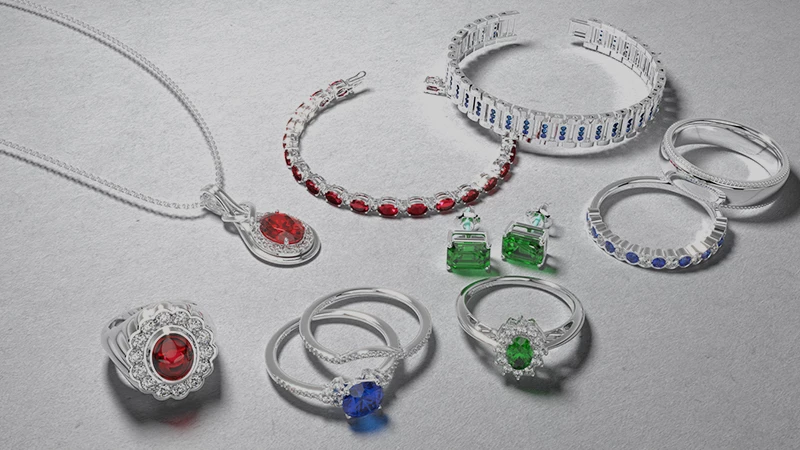
Final Thoughts
The Mohs hardness scale is quite useful to jewelry lovers in picking their dream piece. By understanding the hardness of your favorite gems, you will know how to take care of your gemstone jewelry and maintain its shine.
Explore GemsNY’s wide range of loose gemstones and jewelry pieces and pick a ‘made-for-me’ piece. Take our expert guidance and read GemsNY reviews to find out the hidden strength of your favorite gemstones.

